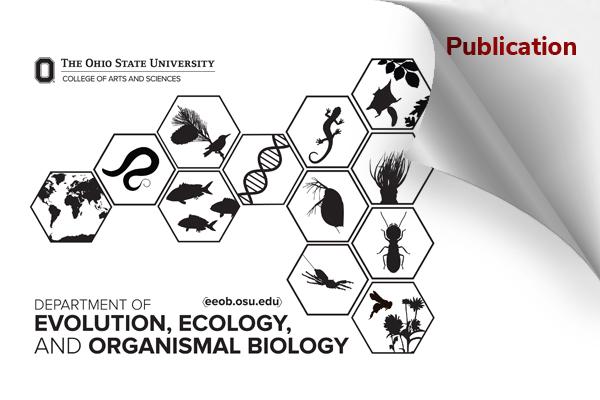EEOB Publication - Pennock

Movement patterns of a small-bodied minnow suggest nomadism in a fragmented, desert river
Martinique J. Chavez, Phaedra Budy, Casey A. Pennock, Thomas P. Archdeacon & Peter D. MacKinnon. Mov Ecol 12, 52 (2024). doi.org/10.1186/s40462-024-00490-w
Abstract
Background
Unfettered movement among habitats is crucial for fish to access patchily distributed resources and complete their life cycle, but many riverscapes in the American Southwest are fragmented by dams and dewatering. The endangered Rio Grande silvery minnow (Hybognathus amarus, RGSM) persists in a fragmented remnant of its former range (ca. 5%), and its movement ecology is understudied.
Methods
We tracked movements of hatchery-reared RGSM, tagged with passive integrated transponder tags, using stationary and mobile antennas from 2019 to 2022. We quantified probability of movement and total distance moved by RGSM released above and below a dam. We then assessed how well two prevailing riverine movement theories (i.e., restricted movement paradigm [RMP] and colonization cycle hypothesis [CCH]) explained RGSM movement patterns.
Results
We detected 36.8% of released RGSM (n = 37,215) making at least one movement. Movements were leptokurtic and substantially greater than expected based on the RMP for both stationary (1.7–5.9 m) and mobile (30.3–77.8 m) individuals. On average, RGSM were detected at large for 75 days and moved a total of 12.2 rkm within a year. The maximum total distance moved by RGSM was 103 rkm. Similarly, we observed a multimodal distribution of detected range sizes with a mean detected range of 2.4 rkm and a maximum detected range of 78.2 rkm. We found little support for an upstream movement bias, as expected under the CCH, and most movements (74%) were directed downstream.
Conclusions
Our data suggest RGSM are highly mobile, with the ability to make long-distance movements. Neither movement theory adequately described movement patterns of RGSM; instead, our findings support a nomadic movement pattern and an apparent drift paradox matching recent studies of other pelagic-broadcast spawning minnows where populations persist upstream despite experiencing downstream drift as larvae. Resolution of the drift paradox may be achieved through further, targeted studies into different aspects of the species’ life history. Quantification of RGSM movement provides crucial insights into the species’ movement ecology and may help define the appropriate scale of recovery efforts.
